1
HOME > Interviews >
IN CONVERSATION WITH NICK SMITH
NOT YOUR TYPICAL ARTIST
Written by Menswear Style in Interviews on the 27th March 2017
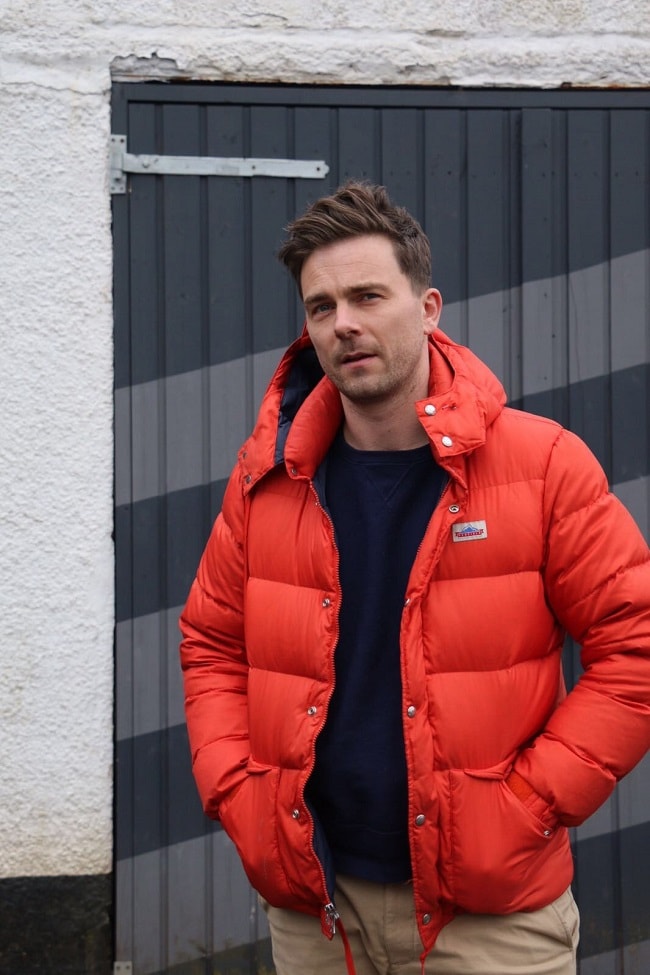
We recently stopped by the latest solo exhibition by artist Nick Smith, currently on show at Lawrence Alkin Gallery in Soho. Not your typical artist, Smith takes inspiration from design, media, fashion and pop culture – with subjects such as Vivienne Westwood, Kate Moss and Patrick Bateman recreated in his distinct colour chip style. We were keen to find out more about the man behind the work so caught up with Nick for a chat…
Nick, you’re described as a conceptual artist – what does that mean in relation to your work?
“Emerging from a design background, I've always felt it’s essential to have a strong idea or concept to drive the direction of my work. Essentially an idea or notion I can hang everything from, stand back and feel collectively the body of work explores or answers a question. Having an overarching narrative to my work beyond my chosen medium puts me in the 'conceptual artist' bracket, or so I like to think.”
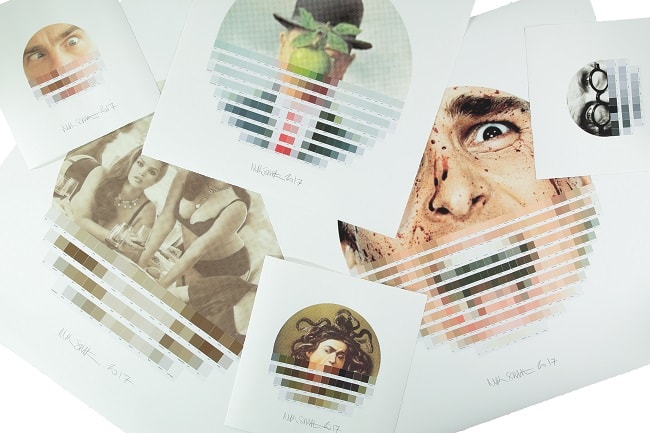
How long have you been creating art?
“Since I can remember. My first canvas was my bedroom wall. From a young age, my parents encouraged me to make my mark in life. I took it literally. Doodling in class trumped studying, which admittedly had a knock on effect on my grades and limited my options. I stuck with what I was good at, which was drawing and conveying my ideas.”
Your design background - what did that entail and how has it influenced your work?
“I was fortunate enough to discover design while on an Art foundation course. This led to a Masters in Product Design with first class honours and then on to a nine-year career as a commercial interior designer. Effective interior design requires a holistic approach, pulling together numerous components into one place. Increasingly, I wanted to control all these components and specifying art for projects wasn't enough - I wanted to create it too. The freedom I rediscovered in creating art resonated, and I went from a designer who did a bit of art on the side, to an artist who did a bit of design on the side. Design briefs were no longer doing it for me, I wanted to do my own thing, so I cut the rope on the 9 to 5 job. I sacrificed an associateship position with my previous employer’s design practice and gave myself six months to pull together my first cohesive body of artwork in an attempt to establish myself as a full time artist. It was a calculated risk and, with a few stalls along the way, it paid off.”
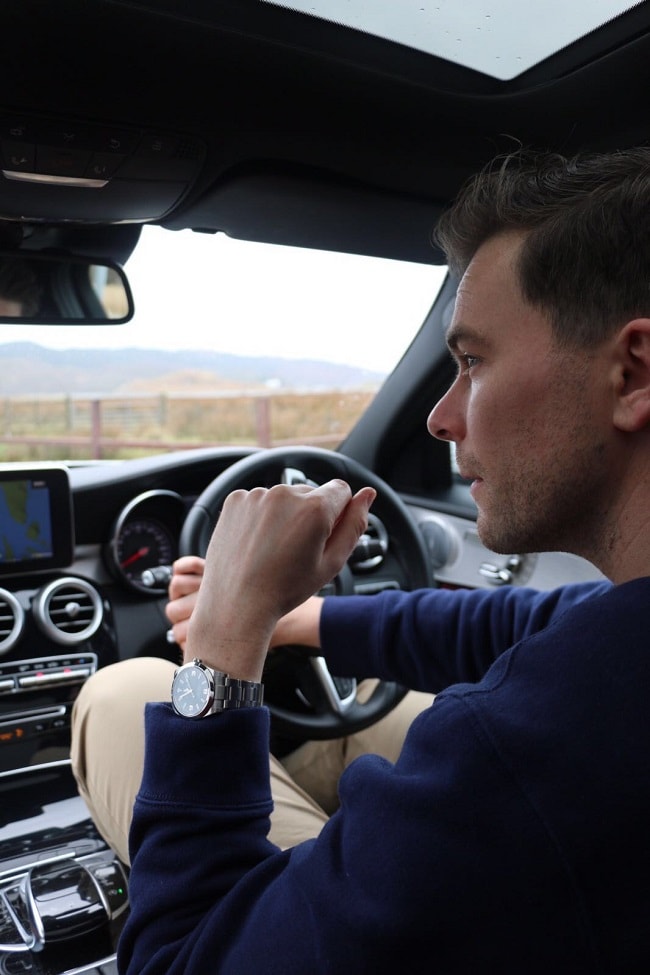
You’ve clearly taken influence from Pantone, what it is about colour chips that you find so fascinating?
“As any designer will know, physical colour referencing is part of the job. I had amassed a huge collection of individual colour swatches extracted from Pantone colour reference books, which I felt pained to throw away. I saw them as little gems, a ‘pick 'n' mix’ of colour in a tub on my desk which I would play around with while on the phone talking with clients. I began tessellating them into images, which catalysed my current method of working. I now create my own colour chips, as existing commercial colour swatches only had a limited variety of colours. Mine have tens of thousands of far more subtle colour variations and where the manufacturers reference code used to sit, I place my own word which, when collated with adjacent colour swatches, conveys a narrative pertaining to the overall artwork.”
Tell us about your current show at London’s Lawrence Alkin Gallery – what’s it all about?
“Parlance is my third solo show with Lawrence Alkin Gallery, and I see it as the third chapter in a yet to be written retrospective. The concept grew from wanting to work on a new canvas, stepping away from the rigidity of a grid of squares on a sheet of white paper for a moment. Instead I wanted to highjack an existing canvas, discover an existing story and add a new ending. I wanted to play and have fun with my work. The process led me here… using pixels to punctuate images by censoring publications and focusing the eye. It’s visual enunciation of someone else’s ‘parlance’. I looked to magazines for inspiration, as I would as a designer in my previous career. The fonts, colours, images all unlocked creative blocks and took my ideas elsewhere. As I flicked through a collection of magazines I saw the same people in various guises. I came across an interview with Cara Delevigne where she said, “I know I can look pretty in different ways” and went on to describe the various personas she embodies, for different brands. It struck a chord with what I had been noticing. I’m fascinated with the interplay of images and text, how they collaborate and contradict what we know of a person, their ephemeral parlance. So I started purchasing magazines featuring people of interest to me. I have to be excited and engaged with the images I’m working with. There’s a range of different artists, celebrities and public figures featured as subjects in the show – how did you pick them and what do they mean to you? The idea came from that classic question. "Who would you invite to the ultimate dinner party?" I wanted to bring together a selection of people who have slightly subversive, cheeky, mysterious characters. People who have added something legitimate to this world, the kind that will be remembered when they are gone. I don't have a little black book to hand where I can call these individuals up to work with their image, so using old magazine covers as my source material was a logical choice. I don’t think this particular combination of people will ever have been displayed together, outside a newsagent.”
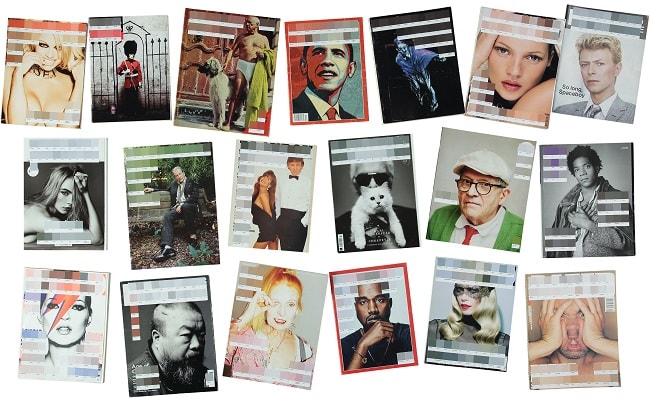
What’s your favourite piece of art you’ve ever created?
“There's no piece of art that I would say 'thats my favourite because I like how it looks or what it says'. I don't get attached or sentimental to my own work as I feel compelled keep evolving and developing new ideas. I don't hang any of my own work in my home as I spend all day in the studio looking at it and I have a large collection of other artists work on my walls that takes priority. If I had to pin down my favourite piece, it would probably be my interpretation of David Hockney’s Bigger Splash, which I sold at Art Basel in Miami for $15,000 - my biggest sale to date. This was a significant moment, as it demonstrated to me that people were prepared to put down serious money to acquire my work and it further legitimised the sacrifice in giving up a successful design career.”
What do you love most about creating art and putting on a show?
“It has to be the moment I finally get to see all my work framed and up on the wall, which is usually just days before the show previews. I tend to work on only one or two pieces at a time and my studio space is limited, so I don't get to view the 40 or so pieces I make as a collection until it’s in the gallery, all framed and ready to hang. I imagine it's a similar scenario for a fashion designer. The clothes don't really come alive until people in the fittings or heading down the catwalk wear them. It's that moment when you get to see everything together and how the story reads.”
Who typically buys your work – is there a particular demographic?
“Obviously only those with the finest taste in contemporary conceptual art! Seriously it’s quite a mixed bag of collectors. The best indication I get is at the opening night of one of my shows, when I get to meet collectors in person. My work is quite seductive, clean and upbeat so it tends to be people who enjoy that lifestyle. Ages tend to range from 30-60; people who are quite design or fashion focused and like to make a statement on their walls.”
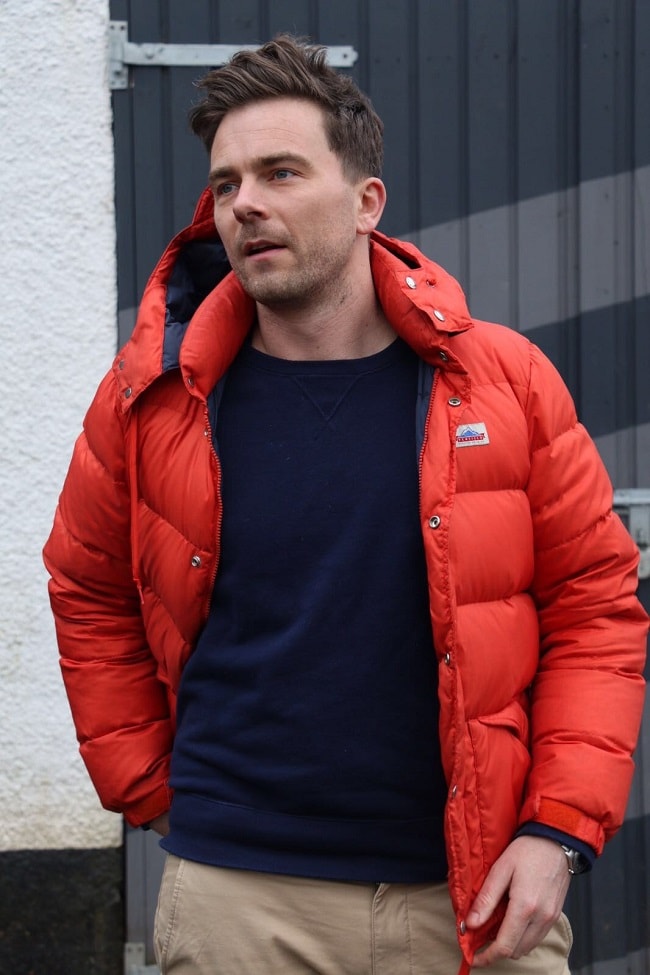
How would you describe your personal style?
“Classic preppy meets outdoor country life. I divide my time between London and the west coast of Scotland and I like to dress for the occasion. I recently started clay pigeon shooting in Scotland so that introduced a new wardrobe consisting of mainly muted green tweed. This attire would get confused looks in London but passes unnoticed up in the Highlands, which I rather enjoy. The rest of the time, I'm a Ralph Lauren, Redwing boots, Japanese selvedge denim kind of a guy. I used to be heavily into streetwear when I first came to London, but visible brand logos ran their course and my style matured. I do still have a slight obsession with Nike trainers; I regard myself as a recovering addict with a collection of around 20 pairs down from 100. Long gone are the days of me camping outside Footpatrol in Soho for a pair of brightly coloured, limited edition kicks and buying the wrong size because the last pair of size 10s had just sold to someone ahead of me in the queue.”
What was your most recent fashion purchase?
“A bespoke kilt made from Lochcarron weathered MacKenzie tartan with a tweed jacket and waistcoat for my wedding in May. It took three months to make and it’s probably the most expensive outfit I've ever bought. There's some irony in the fact that Scotland is the only place in the world where the groom spends more on wedding attire than the bride. Each clan has its own tartan, regrettably for me the Smith tartan resembled a pub carpet, so I decided to go for the tartan I liked best, which was MacKenzie... possibly a bit of a faux pas, but nobody wants to look like a pub carpet on their big day.”
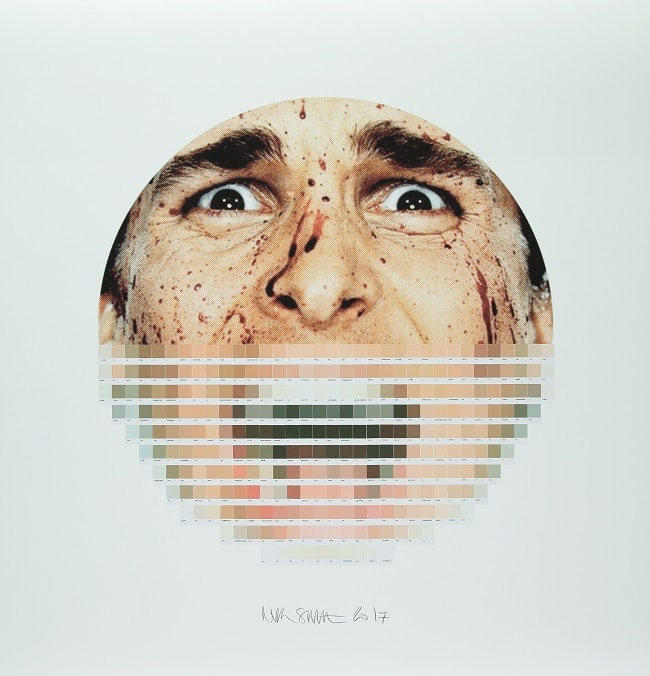
What can we expect to see next from Nick Smith?
“With every show that passes I always have my eye on the next. Later in 2017 I have a solo show in New York, with a few other international shows in the pipeline. In early 2018 you will find me showing in London again with Lawrence Alkin Gallery. Each show will have a different concept behind it, so this year is going to be a busy year... stay tuned folks! The best way to do that is to follow my instagram, which is @nicksmith_art.”
Nick Smith’s solo show ‘Parlance’ runs until Saturday 1 April 2017 at Lawrence Alkin Gallery, 42 New Compton Street, London, WC2H 8DA lawrencealkingallery.com
Trending
2
3
4
5
6
7
8
9
10









